INTERVIEWS
Serge Charbonneau
Interviewer: Vanessa Sicotte
Language of interview: French
Country of practice: Canada
Profession: Director Équijustice (Québec)
Serge Charbonneau is a mediator for Correctional Services Canada and the general director of ÉquiJustice, a provincial organisation in Quebec that has facilitated restorative justice and citizen mediation programs for more than forty years. ÉquiJustice provides assistance in legal cases with law professionals, training and consultations, restorative justice for adults and teenagers, as well as “citizen meditations” for conflicts between members of a community. The program includes processes with participants that are connected by a crime, as well as practices in which people share a similar experience, but do not know each other prior to the encounter.
During our conversation, Charbonneau explains that the spaces for restorative practices in ÉquiJustice seek to provide an environment of neutrality. He describes how most sites have an office atmosphere, using shades of brown and artificial plant decorations. He analyses that recently, spatial conditions have been rethought, producing workplaces with adequate light, sound and room flexibility. According to Charbonneau, the spatial conditions of a restorative practice are only important at the beginning and end of the meetings, because during the encounters people concentrate on the conversation more than on their surrounding environment.
Moreover, he highlights confidentiality as being the most important aspect to consider during the encounters. Accordingly, the use of materials and spatial design should allow for total privacy throughout the process. He illustrates this situation with an example from the ÉquiJustice Montreal office. He then talks about the restorative work in virtual spaces, in which he highlights the importance of different conditions such as the background of the videoconference, the quality of the sound, the tone of the voice, and the importance of eye contact to ensure the best connection between the participants. To conclude, Charbonneau clarifies that the purpose of restorative justice is not always to heal the bonds between two individuals, but rather that both parts find emotional healing.
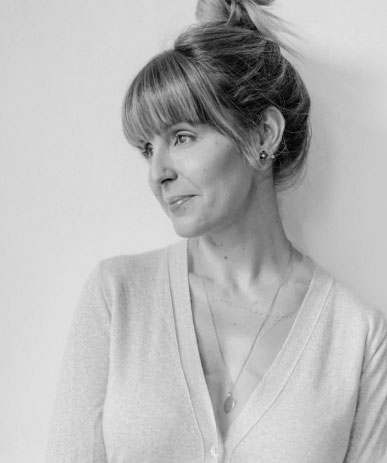
is an author, speaker, columnist, and podcaster in the fields of architecture and decorative arts. She is completing her MA in Art History at Concordia University, Montréal, and holds a Bachelor of Commerce with a major in Marketing from John Molson School of Business. She studied Industrial Psychology in Los Angeles, California. Sicotte is the author of two published books on design (2015, 2018) published by Les Éditions Cardinal.

is a Colombian PhD candidate in the Department of Art History at Concordia University. She has a background in architectural design and community activism and holds a master’s degree in Building and Urban Design from the Bartlett School of Architecture in London, England. Her interests focus on socially-engaged art, social movements, collaborative activism in post-conflict scenarios, collectively-produced art, and art produced in relation to the built environment.
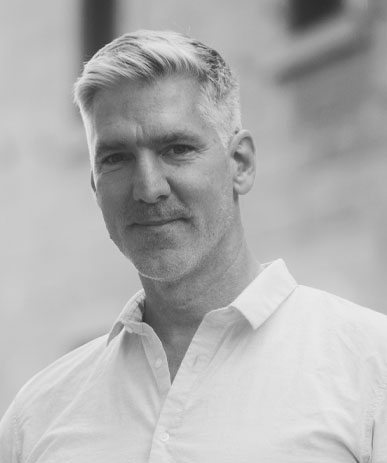
is a PhD candidate in Humanities at Concordia University. His research focuses on spatial agency, social aesthetics, youth narratives, and graphic representations of urban memory. He has published on the relationship between children, play, and public space in Cartagena, Colombia. He has also worked as an editor on literary projects, including Territorio Fértil, which received the María Nelly Murillo Hinestroza award for Afro-Colombian literature.
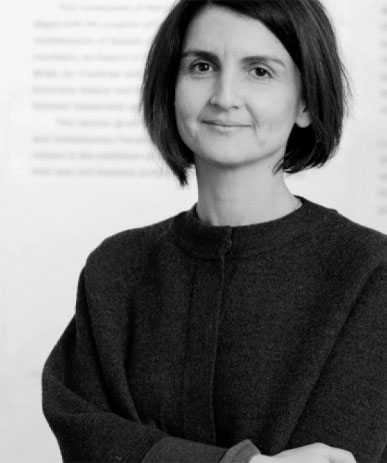
is Associate Professor and Canada Research Chair in Architectures of Spatial Justice (Tier 2) at the Peter Guo-hua Fu School of Architecture at McGill University, Montréal, Québec, Canada. Her research interests include low-income housing and participatory design, civil protest and urban design, and campus landscapes and race. Her publications include the co-edited book, Orienting Istanbul (2010) and solo-authored book, Istanbul Open City (2018).
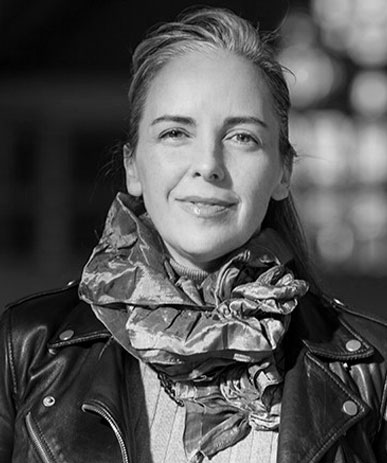
is an artist and a professor of Art History at Concordia University. Her work focuses on women and the history of the built environment, urban landscapes, research-creation, and oral history. She has published on the spatial history of the suffrage movement, public art, gardens, and the politics of urban change. In addition to her research on the spaces of restorative and transitional justice, she is leading an oral history project on the urban memories of diverse Montrealers.
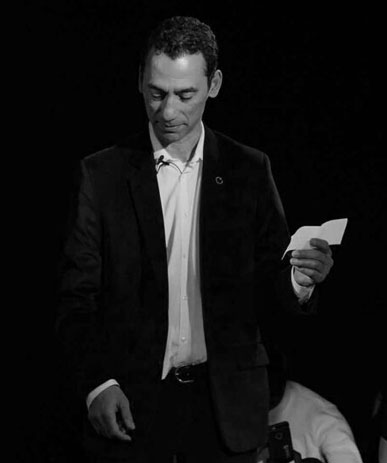
is Associate Professor in the Department of Theatre at Concordia University, Montreal (Quebec, Canada). He is also the second co-director of Concordia’s Centre for Oral History and Digital Storytelling. His latest publications explore listening in the context of post-conflict performances of memory. For instance, see ‘Facilitating voicing and listening in the context of post-conflict performances of memory. The Colombian scenario.’ In: De Nardi, S., Orange, H., et al. Routledge Handbook of Memoryscapes. Routledge: London. (2019), and his article ‘Not being able to speak is torture: performing listening to painful narratives’. International Journal of Transitional Justice, Special Issue Creative Approaches to Transitional Justice: Contributions of Arts and Culture. (March, 2020)